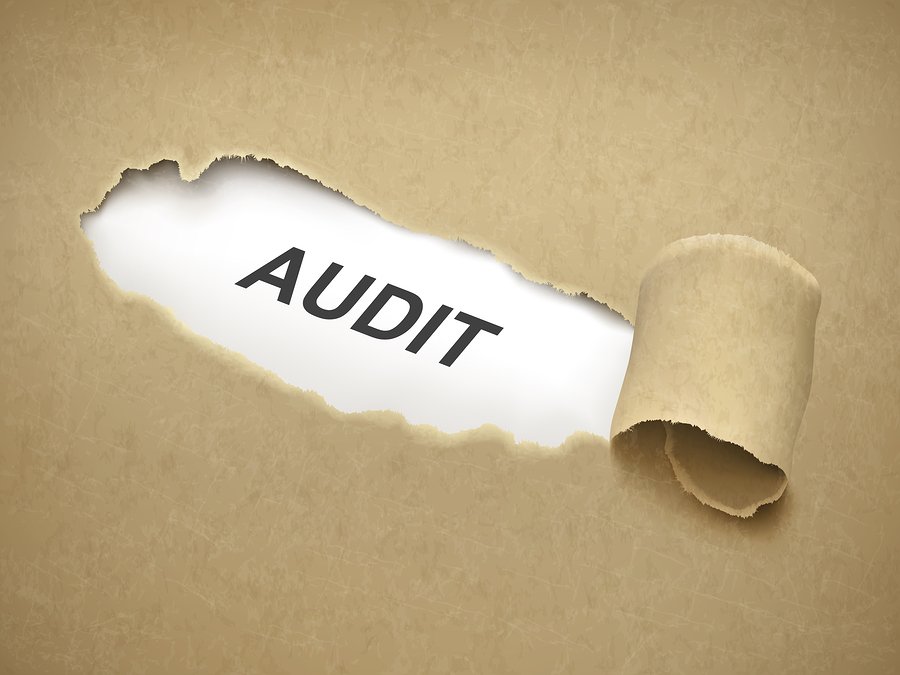Packaging is a very dynamic, ever-changing part of business.
In most cases packaging serves many capacities: promoting the brand, protecting the product/brand, maintaining order throughout transit, and serving as a storage vessel for the end user. A packaging failure at any point can be catastrophic.
Packaging is also an area of constant change, supporting new artwork, marketing requirements, new products, redesign, and changing transportation modes. Like any important piece of the pie – the quality and consistency of packaging can be a direct threat to costs and revenue.
Even with all that said, most companies don’t put too much effort into managing their packaging and think that it just seems to work – therefore, it is easy to ignore as a source of risk to business profitability. Companies typically rely on suppliers to ensure that their packaging is up to par, but turning your business over to a supplier is risky business. Unfortunately, reality has a way of catching up and exposing weaknesses when companies don’t manage every aspect of their respective businesses…and that includes packaging.
Deviation from the standard packaging specification gets worse with time. Changes get compounded; a simple adjustment or design change today gets magnified over time. I have personally worked with companies where the current package is virtually unrecognizable from the approved packaging specification and to what many in the company thought they were buying and using. What started off as one simple change to accommodate a production issue or marketing request evolved into something with a life of its own. It doesn’t mean that there was any ill will or misguided intentions; it just exposes a great weakness in something very critical but often overlooked.
What is a Packaging Audit?
Each year presents an opportunity for companies to evaluate their core business. While they may naturally consider the software systems and products sold or manufactured, packaging could easily slip through the cracks. A packaging audit can thus contribute to this overall business evaluation by offering quality assurance through an assessment of supply chain processes and packaging materials like the corrugated boxes and cartons used for transporting and storing the company products and making sure they are up to par.
An annual audit essentially provides a chance for companies to refocus their energies on making necessary modifications to the design and functionality of their packaging, which can range from minor adjustments to going for major design overhauls.
The audit can reveal tactical results at each step of the supply chain, which are often missed during the initial business planning. By examining the supply chain and packaging process, businesses can optimize efficiency, lower costs, enhance sustainability and overall performance, and break free from stagnation to remain competitive in the market.
How Packaging Audits Works
Since the primary purpose of packaging is to distribute products and insulate them against any potential damage, a packaging audit should be focused on minimizing risks associated with supply chain processes. Understanding the product journey end-to-end and various conditions/hazards like stacking, rough handling, humidity, and extreme temperatures faced along the way can offer valuable insights into how packaging can be improved.
Packaging engineers will carefully examine your packaging and ensure it’s optimally designed for distribution. They will evaluate the materials, design, utility, safety, and sustainability factors. They will also understand the actual distribution chain to factor in the real hazards your packages experience while in transit. This helps engineers develop tailored recommendations that can offer effective solutions in compliance with industry standards.
A step-by-step packaging audit involves:
Scoping and setting clear audit goals. This is necessary to understand what aspects of packaging need to be assessed.
Gather data on your packaging and associated costs. This helps to understand the materials, design, and functionality of your current packaging and what costs are involved in making it. Cost analysis is necessary to understand where you can do cost savings without compromising quality.
Carrying out a careful inspection. Evaluate the packaging design and materials used to understand whether the current packaging provides safety for products in transportation and storage. The inspection will also help ensure adherence to industry regulations and safety standards.
Once the audit is complete, the team will prepare a list of the problem areas to make recommendations on how best packaging can be optimized to minimize costs, improve packaging quality, and enhance the efficiency and sustainability of supply chain operations.
Benefits of An Annual Packaging Audit
An annual packaging audit helps companies evaluate their supply chain processes to identify areas of strength and weakness. This evaluation offers valuable insights into what’s working and what isn’t, enabling brands to rethink their packaging strategies and address any inefficiencies. The strategies aim to develop practical solutions for making changes to the packaging processes based on the audit’s findings and positively impacting sales, customer experience, production, and shipping costs while finding ways to make supply chain practices more sustainable.
We Can Help You Critically Examine Your Packaging
Do you sometimes wonder if your packaging is designed up to spec and offers protection to your products, as your packaging supplier said? An audit can help you get your answer and visibility into your packaging infrastructure. Inferior packaging can lead to significant financial losses resulting from careless handling and stacking during transportation. Ensuring durable packaging for long journeys to avoid damaged shipments and delayed distribution is essential if you want your money’s worth. Investing time and money in a thorough audit can save you from these losses and ensure your packaging meets industry standards.
Specright specializes in offering tailored packaging management solutions, dedicated to providing safety for customers’ products. We partner with you and extend unwavering support throughout the audit process.
A Typical Packaging Audit Performed by Specright
At Specright, we recently performed an annual corrugated audit for a company with some amazing findings. Using industry-acceptable standard tolerances, just a visual check of the print as compared to the approved artwork on file proved that a relatively simple collection of corrugated boxes is a living beast.
I’ve been in the packaging business for over 25 years, performed countless audits, been involved in many hundreds of quality meetings, and have spent countless hours in the field, on production floors, and visited every type of retail outlet. Given that, the following results are unfortunately very typical.
The audit Specright performed included 129 corrugated boxes. Our customer purchases approximately 135 different corrugated SKUs every year. Their approved Packaging Specifications included:
– No exotic board grades, all paper was produced by US companies.
– Dimension tolerance 1/4″ acceptable in LWD and overall blank size.
– Normal box styles produced by virtually all box plants.
– Overall a very simple mix of packaging.
– Normal mix of flute profiles.
Not So Surprising Audit Results
We categorize our audit results as LOW, MEDIUM, or HIGH RISK depending upon the potential impacts on production for our customer. For some enterprises, the item marked having a LOW impact would be considered higher severity.Out of the 129 boxes audited, 29 (22%) failed for various reasons as outlined below:
- LOW RISK: 18 failed (14%) due to minor issues with dimensions out of tolerance but were deemed to not adversely impact this company’s production process.
- MEDIUM RISK: 3 boxes failed (10%) with material and dimension differences that could impact automated set-up equipment for being too heavy, as compared to the specified materials.
- HIGH RISK: 8 boxes failed (6%) and were identified to have a HIGH probability of impacting production. This was due to structural differences well beyond accepted tolerances and approved specifications.
In conclusion, packaging audits are critical to reducing the impact that out-of-spec packaging has on production and profitability. At Specright, we perform packaging audits for our customers all the time, providing them with valuable insights so they can proactively manage their packaging specs to avoid putting their business at risk.
If your company would like an audit of your packaging versus your packaging specs, contact us.
Explore More Blogs
Get Started
With Specright’s Solution Suite, you can digitize, centralize, and link your specification data to drive efficiencies, intelligence, traceability, and collaboration within your organization and across your supply chain network.




